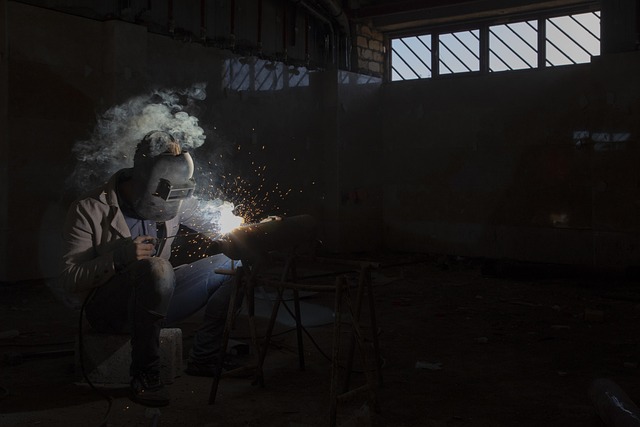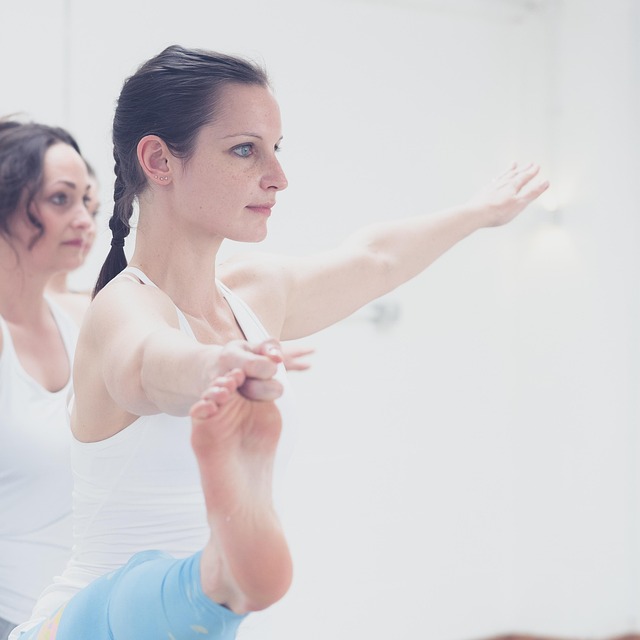Stepping into the realm of manual mode can feel like embarking on an exhilarating journey filled with endless possibilities. If you’re a budding photographer, the allure of manual mode beckons you to take control of your camera, unlocking the true potential of your artistry. In a world dominated by automatic settings, mastering manual mode becomes not just a skill but an empowering experience, allowing you to bend light and transform a moment into a stunning photo.
Understanding exposure is the cornerstone of photography, and manual mode gives you the keys to this castle. Exposure in photography is the balance of light that hits your camera’s sensor. It’s crucial because it determines how light or dark your photo will turn out. There are three main pillars of exposure: aperture, shutter speed, and ISO. When combined, these elements create what photographers lovingly refer to as the exposure triangle.
Aperture affects the depth of field and how much light enters your lens. Using a wide aperture (small f-number) blurs the background of your photo, drawing focus onto your subject. On the other hand, a narrow aperture (large f-number) keeps more of the scene in focus, perfect for landscape photography where details matter. The choice of aperture defines the very mood of your photography, whether it be soft and dreamy or sharp and detailed.
Shutter speed is your second tool in the manual mode arsenal. It dictates how long your camera’s sensor is exposed to light. Fast shutter speeds freeze motion, making them ideal for capturing sports or wildlife. Conversely, slower shutter speeds can create beautiful motion blur, adding a dynamic feel to your photos. Imagine the soft, flowing movement of a waterfall captured through a long exposure, turning water into silk. The possibilities are boundless when you start experimenting with shutter speeds.
Then we have ISO, the sensitivity of your camera’s sensor to light. A lower ISO is perfect for bright conditions, producing clear images without noise. However, as the light diminishes, increasing your ISO allows you to maintain that exposure level, albeit with some trade-offs like added grain. Finding the right balance between these three elements is what defines your unique photographic style.
Photography is an interplay of light and shadow, and manual mode allows you to take on the role of both artist and scientist. As you immerse yourself in the world of optics and light, you will begin to see through the lens in ways that previously felt out of reach. Each photo becomes an opportunity to express your vision—from capturing the warmth of a sunset to the intricate details of a dew-laden spider web. With practice, you’ll find that manual mode becomes second nature, allowing you to respond instinctively to changing light conditions.
Remember, every click of the shutter is a chance to learn and grow. Embrace the challenges and celebrate the triumphs that come with mastering manual mode. This journey is not just about technique; it’s about discovering how you perceive the world through your camera. The beauty of photography lies in its ability to convey emotions and tell stories, and with manual mode, you hold the power to narrate your own tale vividly. So take that leap, trust yourself, and let the art of manual mode guide you on a remarkable photographic adventure.



